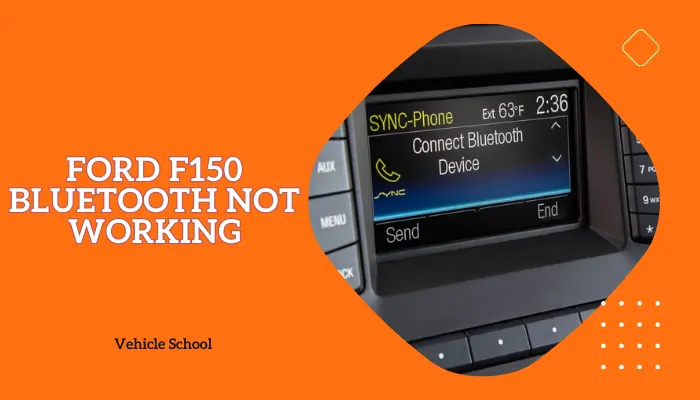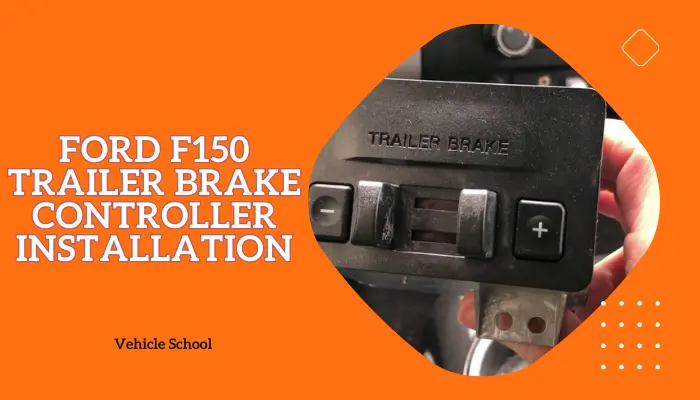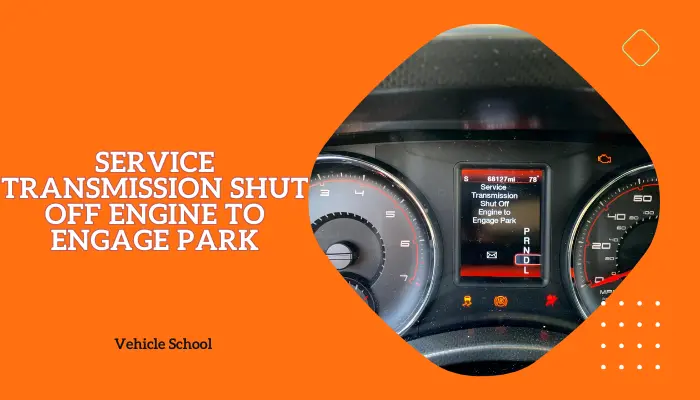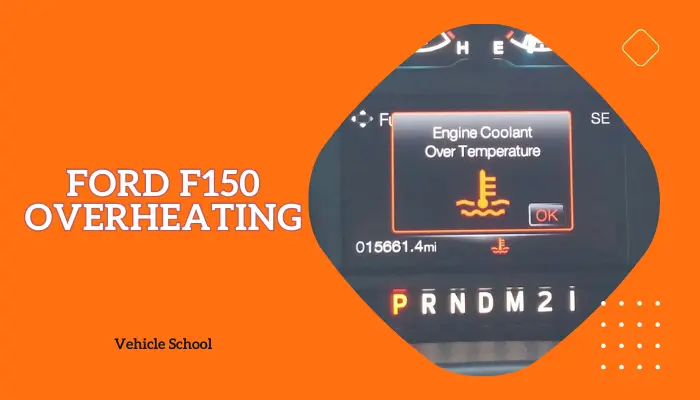You’ve probably heard of the fuss about cylinder deactivation coming to the F150.
To put it simply, it’s something that works similarly to the Auto Start-Stop system to help you save fuel, but works twice as well.
Did that catch your interest? Well, keep reading to learn all about it and what it means for your pickup truck.
Does Ford F150 Have Cylinder Deactivation?
Yes, the Ford F150 has Cylinder Deactivation. You might be surprised since Ford hasn’t made a big deal about it, and you’re probably asking yourself, what year f150 has cylinder deactivation?
Well, F150s have started using the Cylinder Deactivation/Variable Displacement Engine (VDE) since 2021.
Although, Ford had bought it into their car lineup long before then.
And when did Ford start cylinder deactivation? You might want to know to have an idea of how long they had to tune the system. Cylinder deactivation is available in all their Ford Coyote engines past 2021, and it goes to even older cars like the Ford Focus 2012s using the 1.0L EcoBoost engines.
You can find the Cylinder Deactivation technology in all 5.0L V8 engines starting from then. That includes both 2022 and 2023 engines. It’s not present in the F150’s EcoBoost engine lineup, though.
How Does Ford Cylinder Deactivation Work?
Ford’s Cylinder Deactivation System is built to save fuel and reduce emissions when the engine isn’t working.
It uses solenoids to turn off specific cylinders, usually four when the engine doesn’t need a lot of power.
These solenoids control the flow of oil to rocker arms. These rocker arms interrupt the connection between the camshaft (which controls when the valves open) and the intake and exhaust valves of the cylinders that are being turned off.
This means that no fuel is being pumped into those cylinders, and their valves aren’t opening and closing like they normally would.
The truck’s Powertrain Control Module (PCM) figures out the best time to turn off these cylinders based on how fast the engine is running, how hard you’re pressing the gas pedal, and other things like that.
When you need more power, the solenoids turn the cylinders back on, and everything goes back to normal.
How To Turn Off Cylinder Deactivation In Ford F150?
Switching to drive modes like Tow Haul, Sport, or specialized ones such as Deep Snow/Sand and Mud/Ruts, which prioritize performance over fuel efficiency, automatically turns off Cylinder Deactivation.
You can also manually shift gears to deactivate Cylinder Deactivation, which is handy for highway driving. But avoid using Eco and Normal modes, as they keep Cylinder Deactivation active to save fuel.
FAQs
What are some common Ford cylinder deactivation problems reported by drivers?
From what I’ve seen, Drivers have mentioned some engine wear as well as throttle response issues causing hesitation because of the cylinder deactivation feature. Some also don’t seem to be fans of the changed V8 sound, as it’s drastically different.
Is cylinder deactivation bad for the engine?
Objectively speaking, cylinder deactivation isn’t a problem for engines. The minor problems are there because Ford recently started using it in their 5.0L V8 engines. It needs a bit of fine-tuning as they work out any kinks, but overall, it’s not a big issue.
Final Thoughts
When it comes to choosing an F150 with these engines, most people tend to steer clear, but honestly, it’s not such a big deal. If anything, you might lean towards turning off the auto start-stop.
That’s because, unlike cylinder deactivation, which runs smoothly, auto start-stop can sometimes be a bit annoying with its delays and vibrations upon restart.






